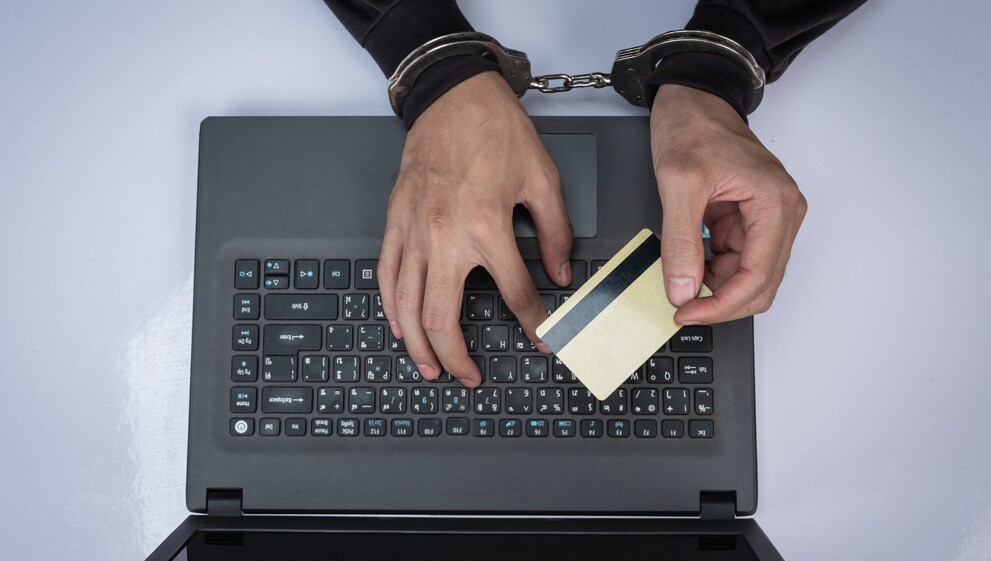Banking fraud is on the rise, with cybercriminals constantly refining their tactics to exploit vulnerabilities in the banking sector. In the financial year 2024, banking frauds in India amounted to over Rs.139 billion, highlighting the growing threat. Whether it’s through online banking scams, digital frauds in banking, or more traditional schemes, the need for vigilance has never been greater.
Protecting your financial information requires understanding common types of fraud in banking and staying alert to bank fraud alerts that can help you detect suspicious activity before it’s too late. This blog will cover key strategies, tips, and tools to safeguard your accounts and stay one step ahead of scammers.
Common Banking Fraud Schemes
Scammers use different schemes to trick people into revealing personal information, making unauthorized transactions, or taking over their accounts. Here are some common fraud schemes to watch out for:
Phishing Scams
Bank phishing scams are one of the most common types of fraud. Scammers send fake emails, texts, or calls, pretending to be from your bank, asking for personal information or login credentials, which they can use to access your account.
Identity Theft
Identity theft occurs when scammers gain access to your personal information, such as your social security number, driver’s license, or banking details. They use this information to open new accounts, take out loans, or make fraudulent transactions in your name, causing long-lasting damage to your financial reputation. This highlights the importance of fraud detection in banking.
Account Takeover
Account takeover scams involve scammers stealing your login credentials to gain control of your account. Once they have control, they can change your password, lock you out, and make fraudulent transactions, giving them full control over your funds. Fraud detection tools in banking can help you stay protected against such attacks.
Fraudulent Transactions
Fraudulent transactions occur when scammers use stolen banking details to make unauthorized purchases or withdraw money. These transactions may go unnoticed if you don’t regularly monitor your account activity, making it essential to keep a close eye on your accounts. Real-time fraud detection in the banking sector can alert you to suspicious transactions as they happen.
Emerging Threats
Emerging digital frauds in banking include deep-fake fraud, AI-powered scams, social engineering attacks, and cryptocurrency-related fraud. Staying informed about these threats and adopting advanced security measures can help protect your financial information from these evolving scams.
How to Recognize Fraud Alerts
Fraud detection systems for banks often send out credit card fraud alerts or bank fraud alerts to notify you of suspicious activity. Recognizing these alerts promptly can help you prevent further damage and protect your financial information.
Stay Vigilant with Fraud Alerts
Be on the lookout for fraud alerts triggered by:
- Large withdrawals or transfers
- International transactions
- Multiple failed login attempts
These alerts are part of fraud risk management in banks, so taking them seriously is essential to securing your accounts.
Spotting Suspicious Emails and Texts
Be cautious of unsolicited emails or texts claiming to be from your bank, especially if they ask for personal information or contain suspicious links. Scammers often use these tactics in online banking scams. Instead, contact your bank directly to verify the message’s authenticity.
Verify Unexpected Phone Calls
If you receive an unexpected phone call claiming to be from your bank, verify the legitimacy by calling your bank’s official customer service number. Never share account details with unsolicited callers, as these could be attempts of digital banking fraud.
Securing Your Bank Accounts
Taking proactive steps to secure your bank accounts is essential in banking fraud prevention. Here are some practical tips to enhance your security:
Use Strong and Unique Passwords
Ensure that your bank account password is strong and unique, making it difficult for scammers to guess or crack. Avoid using easily guessable information, as this is a weak point in fraud detection in online transactions.
Enable Two-Factor Authentication (2FA)
Two-factor authentication adds an extra layer of security by requiring a second form of verification, such as a code sent to your phone, in addition to your password. This is one of the most effective fraud detection tools in banking.
Monitor Your Accounts Regularly
Regularly reviewing your account activity can help you spot fraudulent transactions early. Set up email or text notifications for any account activity, so you can act quickly if something seems suspicious. Report bank fraud online immediately if you notice any unauthorized transactions.
Protecting Your Personal Information
Securing your personal information is key to preventing fraud in the banking sector. Take these steps to protect your sensitive data:
Avoiding Risks on Public Wi-Fi
Be cautious when using public Wi-Fi networks, as they may not be secure. Avoid accessing your bank account or making financial transactions over public Wi-Fi. Instead, use a VPN for a more secure connection when on the go.
Shredding Sensitive Documents
Shred physical documents containing sensitive information, such as bank statements or credit card offers, before disposing of them. This prevents scammers from finding valuable information for identity theft or account takeover.
Financial Security Simplified with Quick Heal
Staying ahead of banking fraud requires a combination of awareness, vigilance, and proactive security measures. By understanding common fraud schemes, recognizing fraud alerts, securing your bank accounts, and protecting your personal information, you can significantly reduce your risk of falling victim to scammers.
To further enhance your cybersecurity, consider Quick Heal’s wide range of security tools like Quick Heal Total Security, featuring real-time protection, malware defense, and a robust firewall.
With Quick Heal, you can safeguard your digital assets from threats like phishing, ransomware, and identity theft, ensuring a safe and secure banking experience. Take control of your digital security today and stay one step ahead of scammers in the ever-evolving world of cyber threats!


